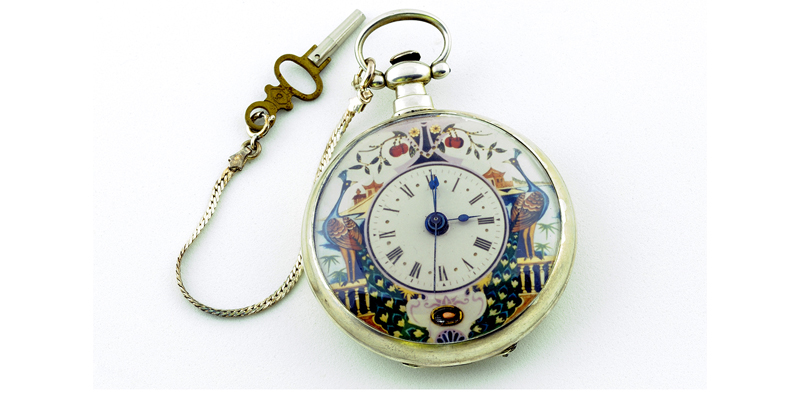
Our website is visited daily by collectors with a lot of knowledge about the types of Pocket watches that exist and the value of antiques of different kinds: 19th century paintings, jewelry and all kinds of lots that you can find in the active auctions of our page.
For those who are starting in the field, today we will explain the differences between lepine pocket watches and saboneta pocket watches, adding some interesting facts and curiosities of these types of watches.
Differences between lepine watches and saboneta watches
There are 2 differences mainly between lepine and saboneta watches:
- The lepine have no top cover so they are much flatter than the sabonets. This provides greater comfort for the space it occupies and for the ease of checking the time.
- In most cases the lepine watches have the pendant on the top and the sabonets are placed on the right.
Lepine watches, known in English as 'Open face'
They owe their name to Frenchman Jean-Anotoine Lepine (1720/1814). This famous watchmaker removed the piece known as 'snail' and replaced the top stage with bridges. In this way he was able to place the steering wheel in another position, contrary to what the rest of the watchmakers who always put it on top did.
Some curiosities about saboneta watches
Its name comes from the French word 'savonette' which means soap. As we mentioned before, these types of watches have a top cover that must be opened every time you want to check the time, and according to what they say, Napoleon did not like having to open it all the time so he made a hole in the center that gave rise to a new type of clock called: "half saboneta" or "napoleon clock".
If you are interested in Pocket watches, take a look at the lots available on our website or contact us if you have any question.
